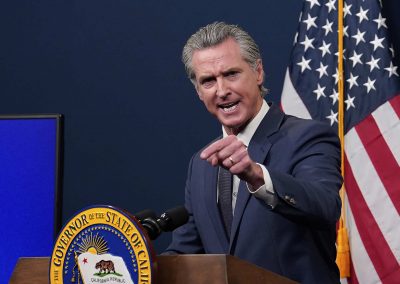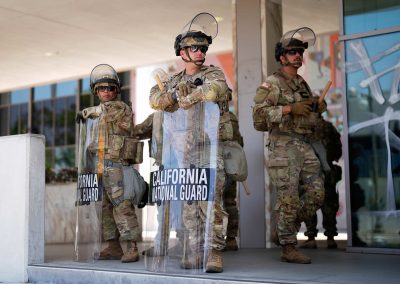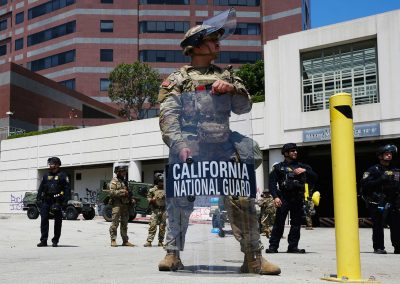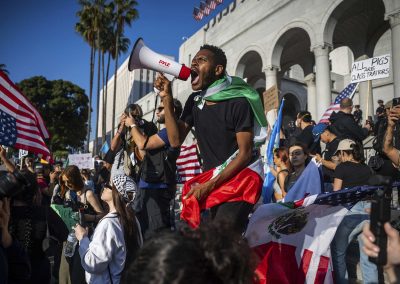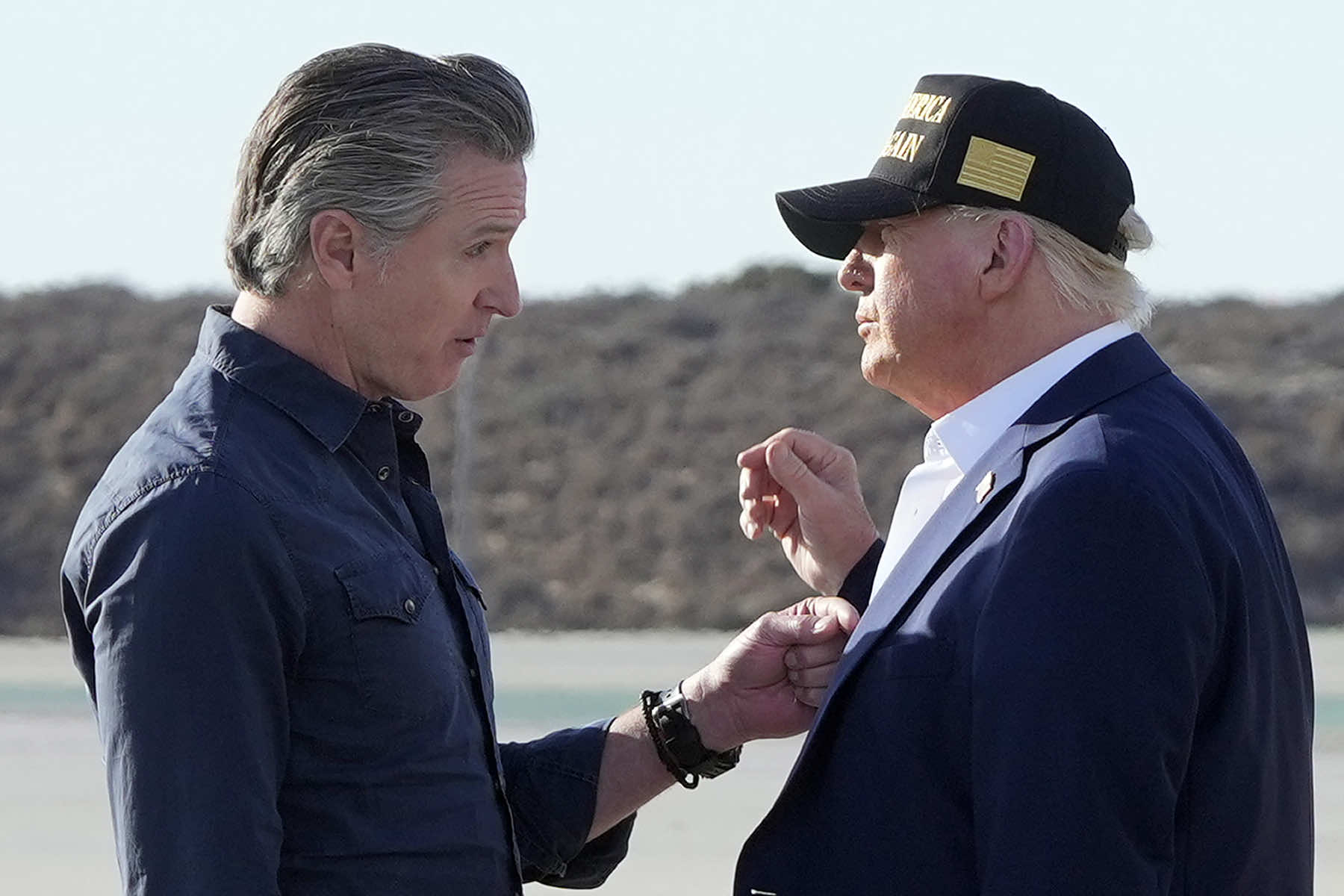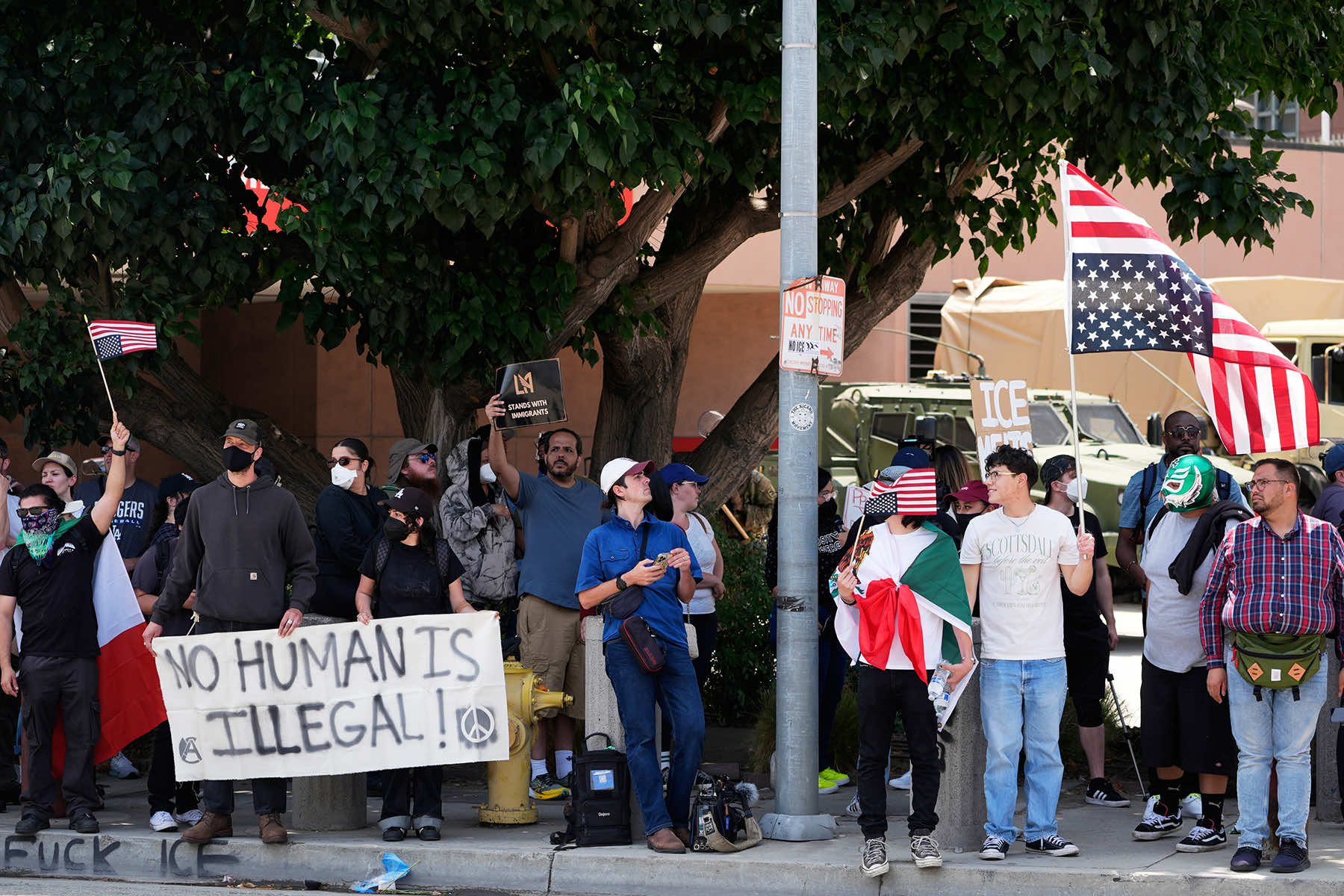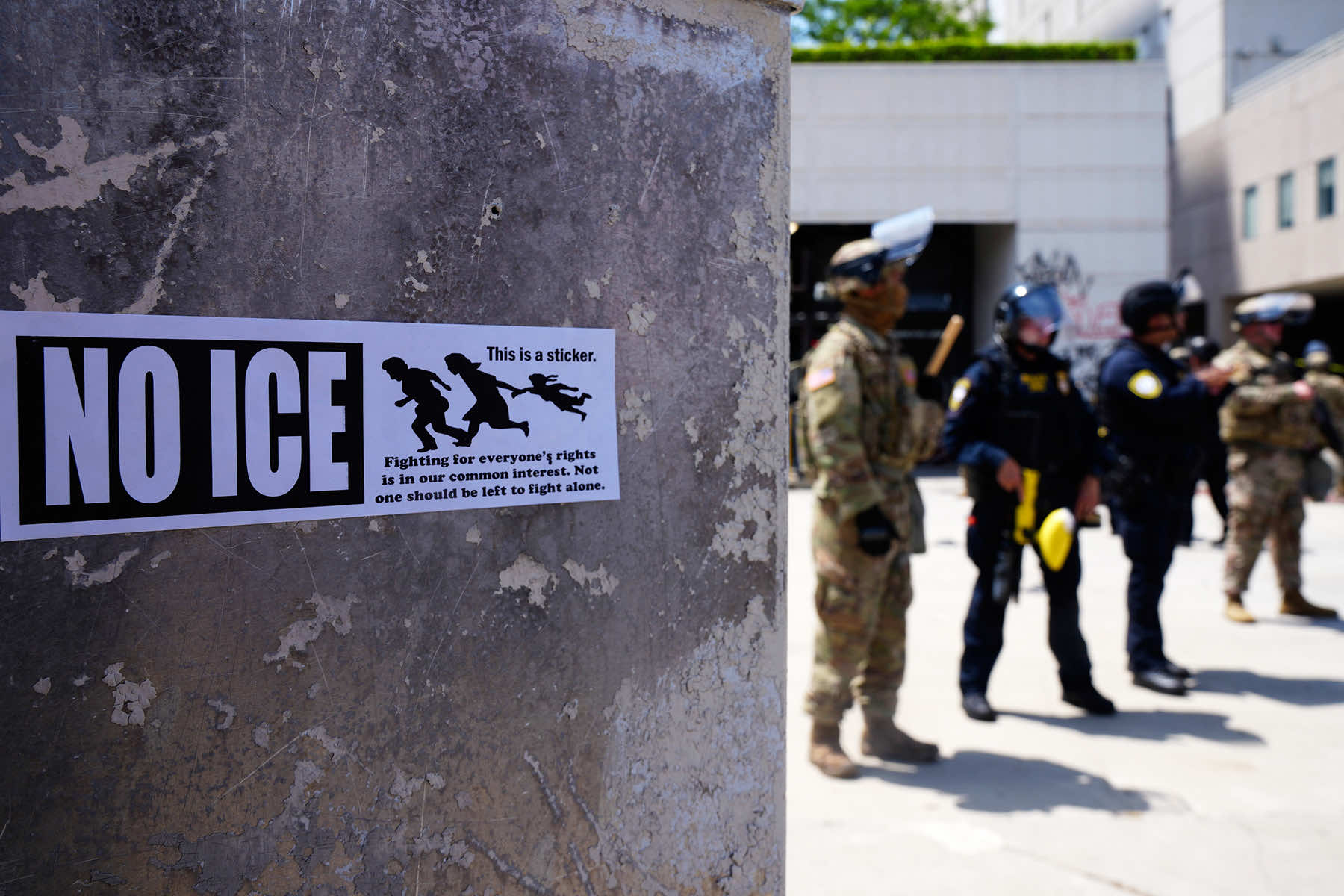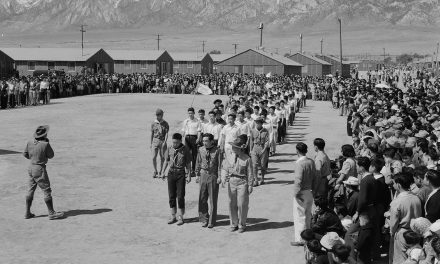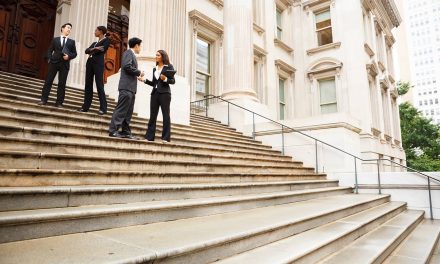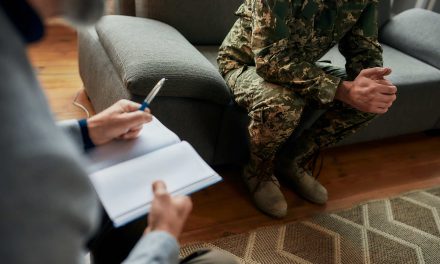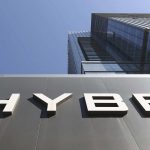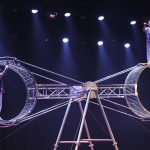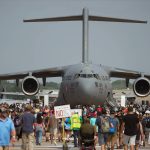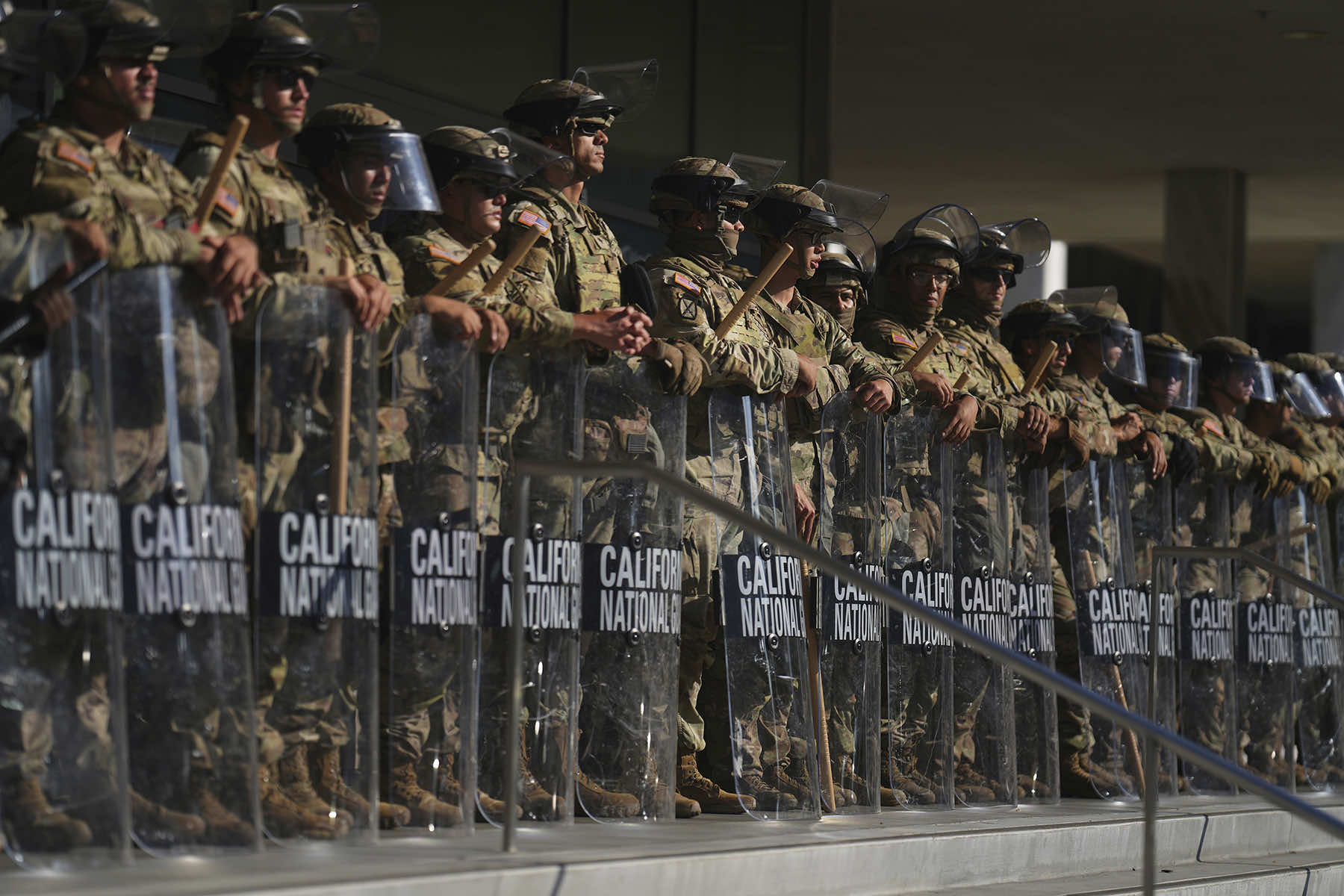
The 9th U.S. Ninth U.S. Circuit Court of Appeals temporarily blocked a federal judge’s order that directed Donald Trump to return control of National Guard troops to California after he deployed them there following protests in Los Angeles over immigration raids.
The court said it would hold a hearing on the matter on June 17. The ruling on June 12 came only hours after a federal judge’s order was to take effect at noon on Friday, June 13.
That judge ruled the National Guard deployment was illegal and both violated the Tenth Amendment and exceeded Trump’s statutory authority. The order applied only to the National Guard troops and not the U.S. Marines who were also deployed to the LA protests. The judge said he would not rule on the Marines because they are not out on the streets yet.
U.S. District Judge Charles Breyer said Trump overstepped his bounds in ordering the deployment of roughly 4,000 National Guard members to Los Angeles after protests erupted over the immigration crackdown.
California Governor Gavin Newsom sued to block the Guard’s deployment against his wishes. California later filed an emergency motion asking the judge to block the Guard from assisting with immigration raids.
He argued that the troops were originally deployed to protect federal buildings and wanted the court to block the troops from helping protect immigration agents during the raids, saying that involving the Guard would only escalate tensions and promote civil unrest.
The Trump regime called the lawsuit a “crass political stunt endangering American lives” in its official response Wednesday.
In a broad ruling, the judge determined Trump had not properly called the Guard up in the first place.
Major General Scott Sherman said that as of June 11 about 500 of the Guard troops have been trained to accompany agents on immigration operations. Photos of Guard soldiers providing security for the agents have already been circulated by immigration officials.
Sherman is the commander of Task Force 51, which is overseeing the Guard troops and Marines sent to Los Angeles. The ruling does not apply to the Marines.
Typically, the authority to call up the National Guard lies with governors, but there are limited circumstances under which the president can deploy those troops. Trump federalized members of the California National Guard under an authority known as Title 10.
Title 10 allows the president to call the National Guard into federal service under certain limited circumstances, such as when the country “is invaded,” when “there is a rebellion or danger of a rebellion against the authority of the Government,” or when the president is unable “to execute the laws of the United States.”
Breyer said in his ruling that what is happening in Los Angeles does not meet the definition of a rebellion.
“The protests in Los Angeles fall far short of ‘rebellion,'” he wrote.
The lawsuit argued that Title 10 also requires that the president go through governors when issuing orders to the National Guard.
Brett Shumate, an attorney for the federal government acting on Trump’s behalf, claimed Trump complied with the statute by informing the general in charge of the troops of his decision and would have had the authority to call in the Guard even if he had not.
In a brief filed ahead of the June 12 hearing, the Justice Department said Trump’s orders were not subject to judicial review.
“Courts did not interfere when President Eisenhower deployed the military to protect school desegregation. Courts did not interfere when President Nixon deployed the military to deliver the mail in the midst of a postal strike. And courts should not interfere here either,” the department said.
“Our position is this is not subject to judicial review,” Shumate told the judge.
Breyer, who at one point waved a copy of the constitution, said he disagreed.
“We’re talking about the president exercising his authority, and the president is of course limited in that authority. That’s the difference between a constitutional government and King George,” he said.
The protests over immigration raids in Los Angeles intensified after Trump called up the Guard. Observers said the brute action was designed to provoke the situation and escalate a confrontation. Protests have since spread to other cities, including Boston, Chicago, Milwaukee, and Seattle.
Federal immigration agents have been randomly arresting anyone who looks Hispanic at Home Depot parking lots and other businesses, sparking fear in immigrant communities, after the Trump regime said it wanted to dramatically increase arrests under its immigration crackdown.
Trump has described Los Angeles in dire terms that Bass and Newsom say are nowhere close to the truth.
The Marines have not yet been spotted on the streets of Los Angeles, and Guard troops have had limited engagement with protesters.
Dozens of mayors from across the Los Angeles region banded together on June 11 to demand the raids stop and the troops leave.

